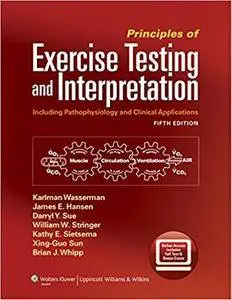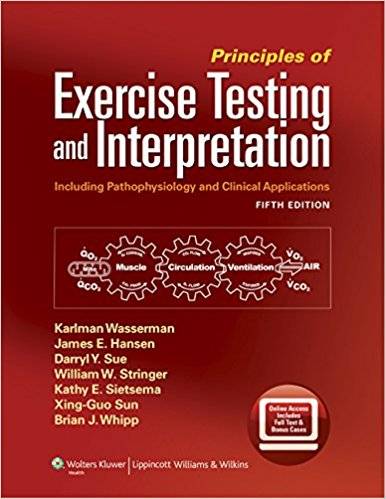Karlman Wasserman MD PhD, James E. Hansen MD, Darryl Y. Sue MD, "Principles of Exercise Testing and Interpretation: Including Pathophysiology and Clinical Applications"
2011 | pages: 588 | ISBN: 1609138996 | PDF | 20,9 mb
2011 | pages: 588 | ISBN: 1609138996 | PDF | 20,9 mb
Discover what exercise testing can reveal about cardiopulmonary, vascular, and muscular health. Now in its Fifth Edition, Principles of Exercise Testing and Interpretation continues to deliver timely information on the physiology and pathophysiology of exercise and their relevance to clinical medicine.
The text begins by explaining the processes by which cells receive oxygen and dispose of carbon dioxide produced as a byproduct of exercise and metabolism. By measuring gas exchange, we can better evaluate cardiovascular and cardiopulmonary functioning, as well as cellular respiration. Detailed discussions explore various types of exercise intolerance, their effects on test results, and clinical diagnoses. Using real-world cases, the text illustrates how cardiopulmonary exercise testing can evaluate the functional competency of each component in the coupling of cellular to external respiration, including the cardiovascular system. Expert authors’ comments, analysis, and conclusions for each case, help to improve readers’ interpretive and diagnostic skills.
This in-depth resource provides…
• Updated content and new graphics present the most current information in a reader-friendly format.
• Updated flow charts detail clinical presentations and differential diagnosis
• More than 80 case presentations improve diagnostic accuracy.
• Normal test values for a wide range of patient groups provide a basis for comparison and help to identify abnormalities.
• Companion website includes the complete text, PLUS 30 additional case presentations.
My Link



